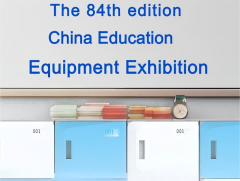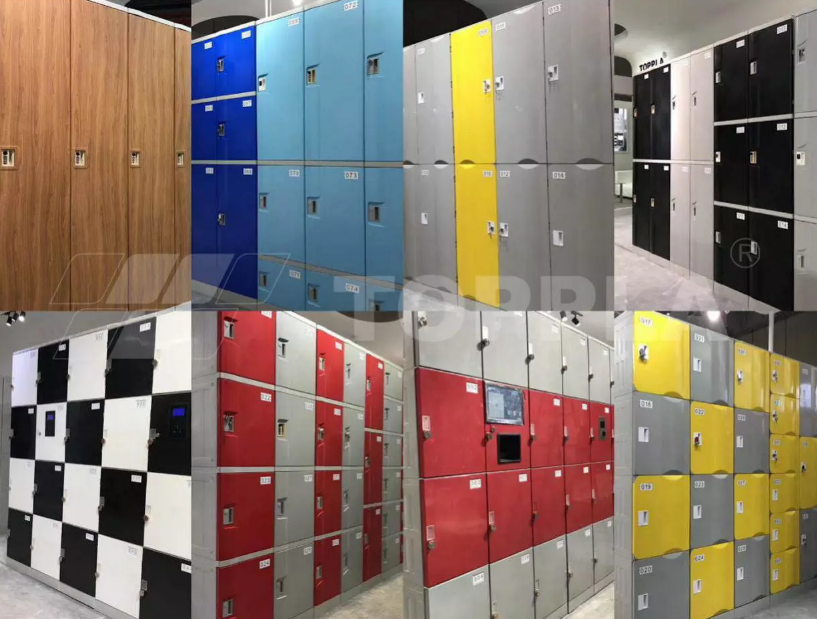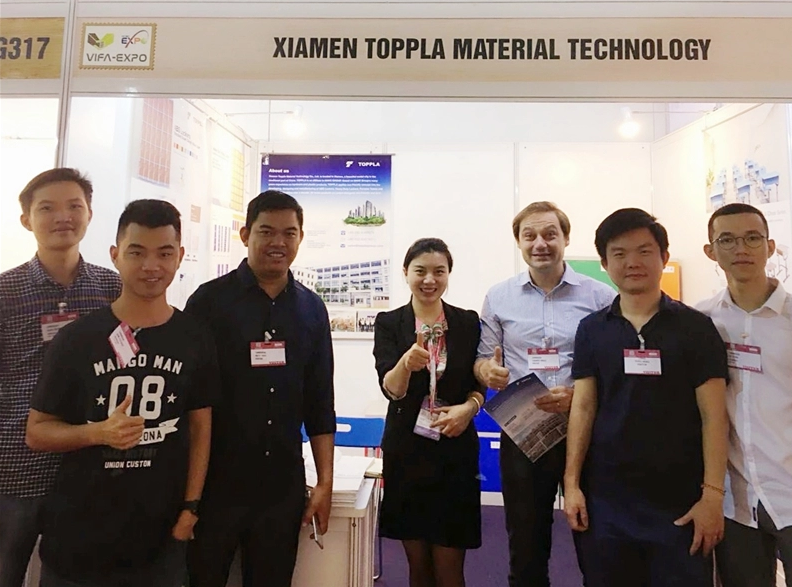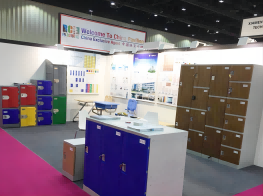Comparison between ABS and PP
There so many kinds of plastic lockers on the market. Both the ABS plastic lockers and the PP plastic locker are usually seen. However, which kind of plastic locker is worth buying more?
Comparison between ABS and PP
For the ordinary ABS plastic and PP plastic, they both belong to olefine copolymer. Meanwhile, ABS has better comprehensive properties than PP plastic, which can be verified easily by checking the prices of ABS plastic and PP plastic. The price of ABS plastic per ton is much higher than that of the PP per ton.
ABS, acrylonitrile butadiene styrene, is a common thermoplastic polymer. Some properties of ABS are the same as the PP's. At the same time, ABS also has some other properties that PP does not have.
ABS is impact resistant, which means it has better toughness than PP. The temperature resistance of ABS is also better than PP's. Both ABS and PP have shiny surfaces, and the surface of ABS is shinier than PP's.
All in all, ABS has better properties than PP and can be used to produce all the products made of PP in general. However, the products made of ABS can not be made of PP sometimes.
ABS plastic is widely applied to plastic lockers and shells of appliances, offices supplies, helmets, pipes, etc. In industry, ABS polymer is used for blending modification of other plastics.
ABS is nontoxic and more used for structure materials while it is rarely used for the package and the commodity such as the utensil.
ABS has various advantages. But it is not resistant to the high temperature, which is the common property of the plastics. However, the highest service temperature of the ABS products plastic can still meet the requirement of the electric appliance shell's.
PP, polypropylene, has wide applications too. In engineering applications, for example, polypropylene is also used for the automobile bumper. In the textile industry, the thread made of polypropylene is called the polypropylene fiber, which is usually used for textiles, ropes, fishing nets, etc.
Polypropylene is nontoxic. The processing technology and the applications of polypropylene are similar to those of PE (polyethylene). Polypropylene can be toxic due to its processing aids and performance additives.
It should be noticed that polypropylene has poor weathering resistance and the inhibitor containing heavy metal might be used in the manufacture of the polypropylene products.
Compared with the PE product, the PP product has better heat resistance and the melting point of PP can be up to 167℃.
With the characteristics of heat resistance and corrosion resistance, the PP product can be treated by the moist-heat sterilization. The food container made of PP plastic is safe but if it is aging, it will not be safe anymore.
Polypropylene is tough and elastic. So it can be used as engineering plastics.
As a result, both ABS and PP are excellent raw materials to make plastic lockers. What the consumers need to do is selecting the locker according to the circumstance.




